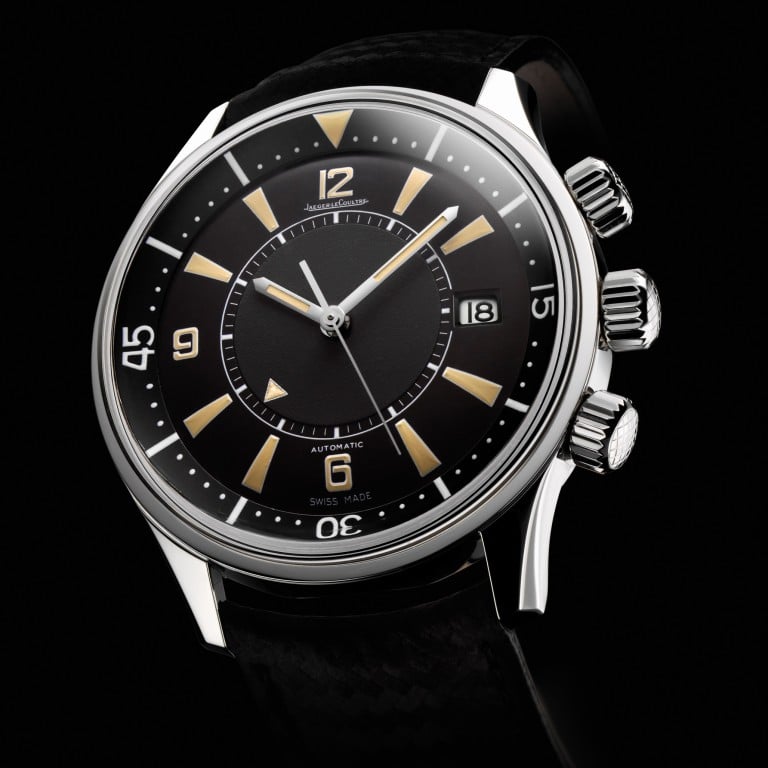Why alarm bells are ringing for Patek Philippe, Richard Mille, Tudor and Jaeger-LeCoultre

- After years of neglect, mechanical alarms are in vogue again among makers of luxury timepieces
A mechanical watch is more than a refined style statement. It can also be a functional object with useful everyday complications that go well beyond measuring time – such as the mechanical alarm.
In the past decade the alarm function may have been neglected, but we are starting to see a change in status for this niche market but extremely useful complication.
Earlier this year, Patek Philippe released the Calatrava Alarm Travel Time 5520P with a sunburst black dial. This embodiment of a useful travel watch offers two time zones and an alarm connected with the local time.
Equipped with four crowns, the 4 o’clock is the important one here – it tensions a separate spring barrel, which gives power to an alarm that is up to 40 seconds long. The sound is achieved by a hammer hitting the case band 2.5 times per second.

The alarm functions in the upper half of the dial are user-friendly – the alarm time is clear, thanks to the digital display aperture under 12 o’clock, and directly underneath this you can see if it is set for am or pm via the round day/night indicator.
The 4 o’clock crown is also the one used to set the alarm. The pusher at 2? This turns the alarm on or off, with said state displayed in the bell-shaped aperture.
After 20 years on the market, watch connoisseurs know that when Richard Mille does something, the brand does it in a hitherto unseen style.

This is once again the case with the RM 62-01 Tourbillon Vibrating Alarm Airbus Corporate Jets – the September 2019 release, which is the brand’s most complicated watch. Alongside a hand-wound tourbillon movement, second time zone, 70-hour power reserve indicator and oversized date housed in an ultralight and super-resilient titanium reinforced Carbon TPT case, it features a world first: a silent, intensely vibrating mechanical alarm.
“The RM 62-01 is designed for the discretion prevailing in the hushed atmospheres of luxury,” said Richard Mille.